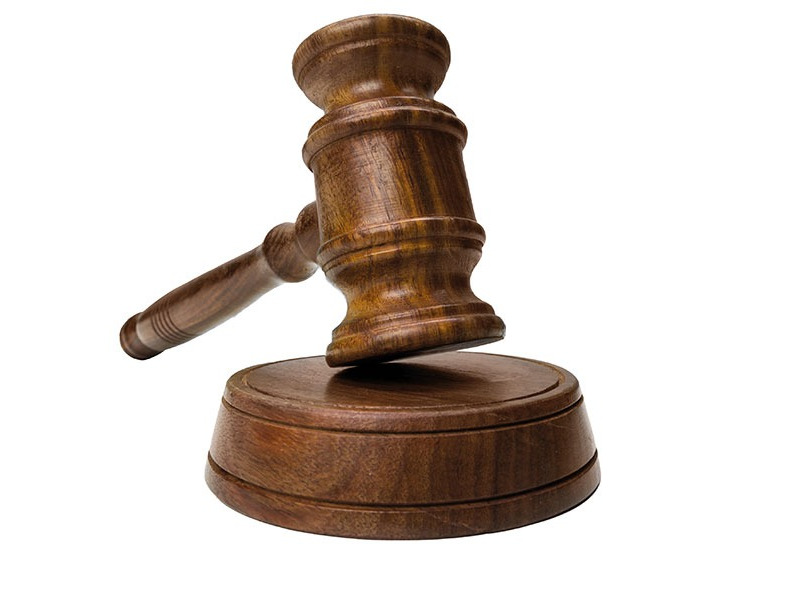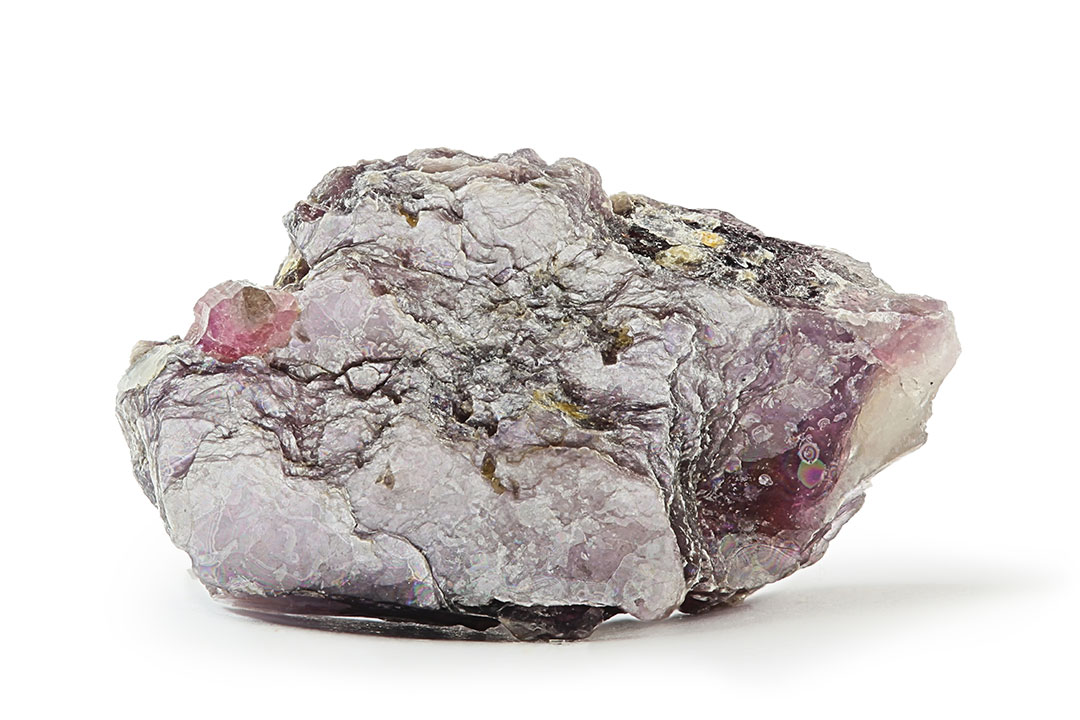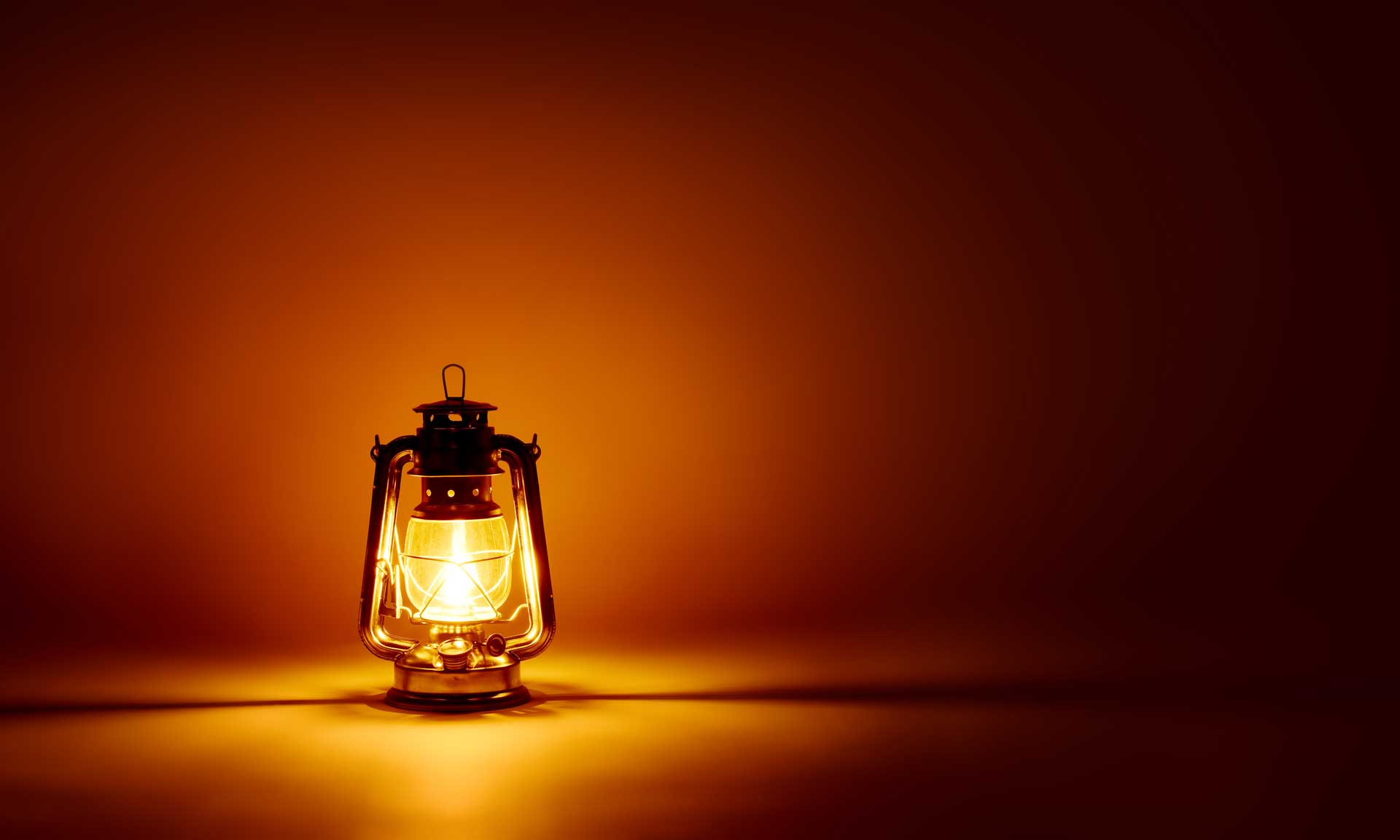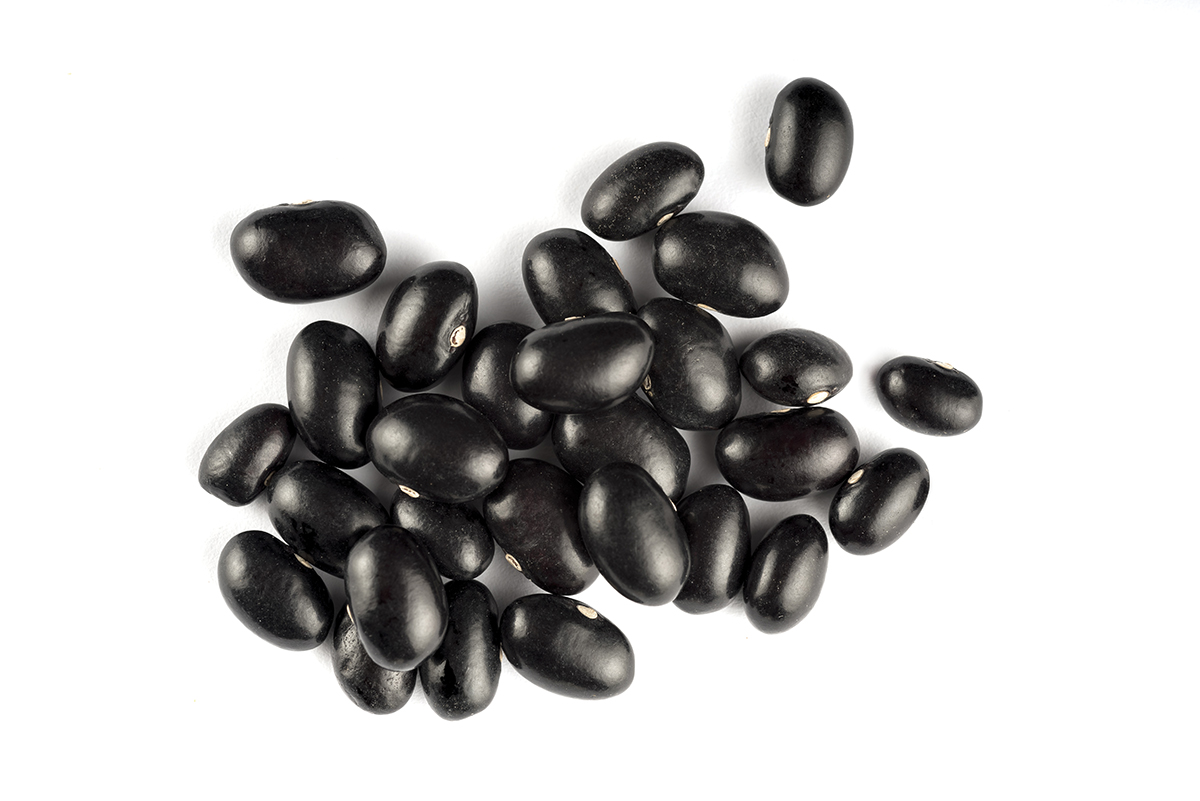
It is quite possible that the French are right and the haricot bean may have landed on the shores of the Gulf of Lion, in the Mediterranean sea, concealed between the historically famous Catherine de Medici’s expensive pearls and delicate lace vêtements.
This is a humorous version of the story of the traditional French cassoulet, which has its originsin Languedoc, a region in the south of France, and is made with goose fat, duck or lamb, and white beans. Although there are other versions of this story, this one is probably the most amusing. Brought from the New World by Christopher Columbus in 1528, the haricot beans arrived at Western tables after Pope Clement VII gifted them to the Italian priest Pietro Valerio, who out of botanical curiosity discovered its delicious flavor and its aphrodisiac properties. Gianbattista Barpo, author of the 16th century gastronomical volume “Le Delizie”, argued that its consumption would enhance the male sexual performance. As Catherine de Medici packed for her trip to France, Valerio persuaded the Medici family to include a bag of these fagioli in the luggage, arguing that the way to a man’s heart is through his stomach and, thus, the future princess tucked away these precious culinary novelties.
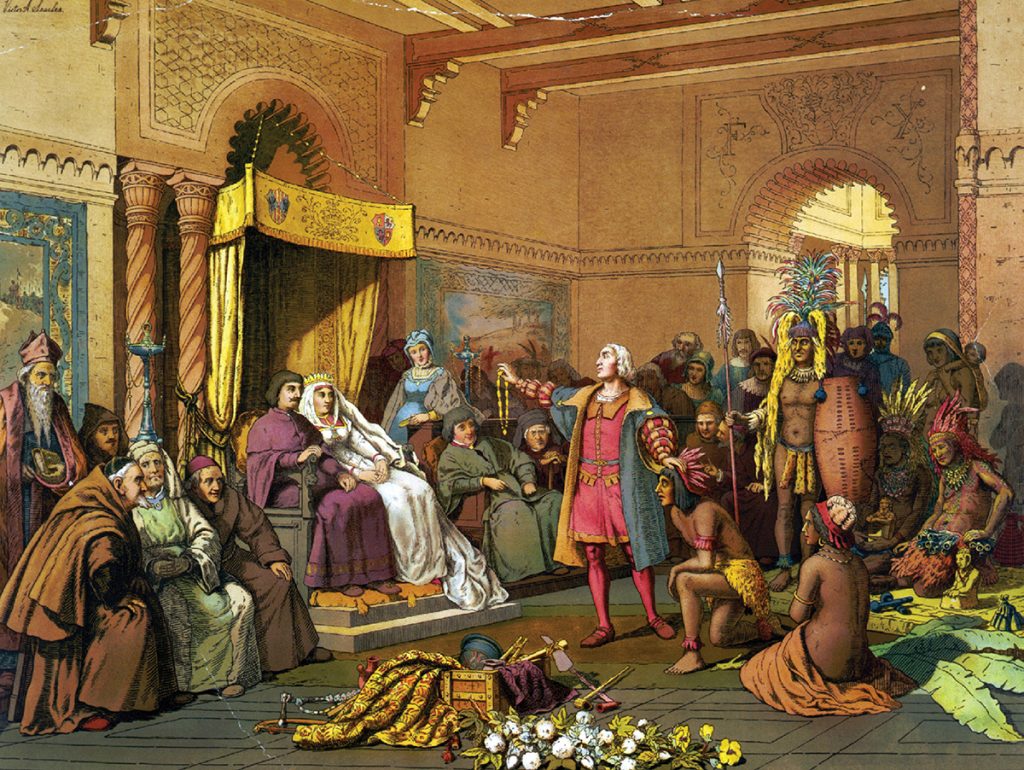
The Age of Discovery, led by the Portuguese, introduced new and exotic food to Europe.
Although beans have often been perceived as “poor man’s food”, we really should consider them as “every men’s food,” given their nutrional role in so many cultures, going as far back as the earliest Mexican and Peruvian cultures as well as Aztec and Inca peoples, proving its popularity and widespread intake throughout history, from ancient to present times.
Beans were discovered in royal Egyptian tombs – there is a 2nd century BC fresco that shows lentil soup being consumed – and mentioned in Homer’s “Iliad”.
Beans may even have been Europe’s salvation during the Middle Ages. As the Italian writer and academic Umberto Eco asserts, the cultivation and consumption of beans spread through the continent and was able to return productivity to lands withered by war, effectively rescuing Europeans from potential malnutrition and possible extinction.
Due to the European (nautical) expansion of the Age of Discovery in the 15th and 16th centuries, the continent was introduced to new and exotic foods from all over the globe, including the New World, and among them certainly were new specimens of beans. These nourishing New World pulses became a prevalent crop in Europe for their nutritional value and simple farming and storage. These advantages were also the reason why beans became a primary food source for sailors, which granted Navy bean its name.
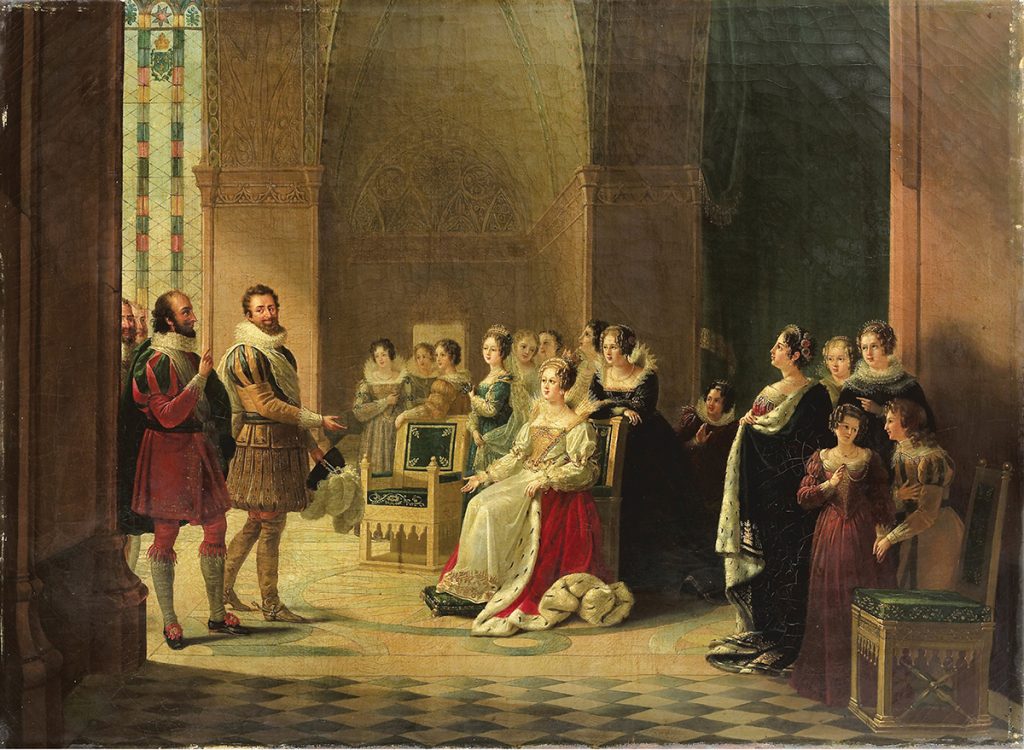
THE POPULARIZATION OF THE BEAN
Despite their regal French introduction, beans have proliferated and soon became less of a delicacy although no less tasty. For a very long time, beans had a vital role in nutrition and due to their extensive cultivation they became, just like pop culture, massified.
As a substantial substitute for meat, beans have routinely been used in times of adversity as an inexpensive source of protein – interestingly, beans are the only food item that, according to the (U.S. Department of Agriculture’s) Food Guide Pyramid, fits both the vegetable and protein food groups. Due to their nutritional value and budget-conscious price tag, beans became a meal staple at such times as the Great Depression and World War II, when they were used in U.S. servicemen’s rations around the world.
The growing popularization of beans led to the growing popularity of a brand that sold them canned and ready for consumption: Heinz Baked Beans, introduced in 1901. The brand became culturally embedded to the point when, between 1941 and 1948, their beans were classified, in the British Ministry of Food’s wartime rationing system, as an “essential food” item. By virtue of having become so entrenched in consumers’ awareness, Heinz Beans – whose ads have become classics in their own right – were featured in the prestigious American television series “Mad Men” (2007-2015), which highlights life, culture and advertising in the sixties.
The notion of beans as a wholesome, familiar (in more ways than one) product that can also serve as a mouthwatering delicacy (as seen through Catherine de Medici’s tale), serves to illustrate the reasons that explain the perseverance of beans as a staple in pop and food culture.
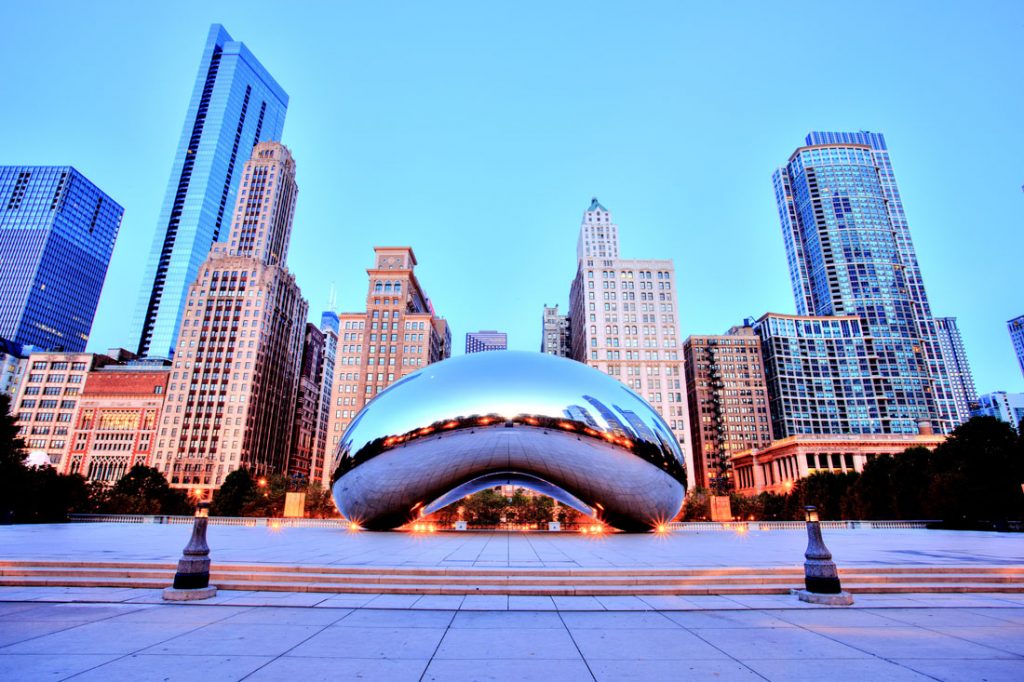
Cloud Gate, centerpiece of AT&T Plaza at Millennium Park in the Loop community area of Chicago, Illinois (USA), is a public sculpture by Indian-born British artist Anish Kapoor. Inspired by liquid mercury, it was built with the skyline in mind. Kapoor is not overly fond of the sculpture’s nickname: The Bean.
FUN FACTS
“I ate his liver with some fava beans and a nice Chianti”
Hannibal Lecter
in “Silence of the Lambs” (Jonathan Demme, 1991)
Bertie Bott’s
Every Flavour Bean Introduced in “Harry Potter’s” literary saga, these are the most popular sweets of the wizarding world. Similar to the commonly known jelly bean (a small bean-shaped candy made with sugar that presents soft shells and thick, jelly interiors), except when it comes to the flavors, as it does indeed encompass every flavor, including some weird and unexpected ones. The real-world inspired Bertie Boot’s Beans, sold by Jelly Belly, have flavors Banana, Dirt, Grass, Apple, Lemon and many more.
Poland
An extremely popular dish in Poland, Breton Beans (Fasolka po Bretonsku) combines beans with bacon and sausages for an enjoyable, low-priced and substantial dish.
Beantown
In Boston, baked beans are prepared with a sauce that combines molasses and salt pork, a dish so popular that Boston has received the nickname “Beantown”.
Campbell’s Soups
Campbell’s Soups introduced Pork and Beans, a flavor specifically created so that workers could make use of their downtime while the soup simmered.



